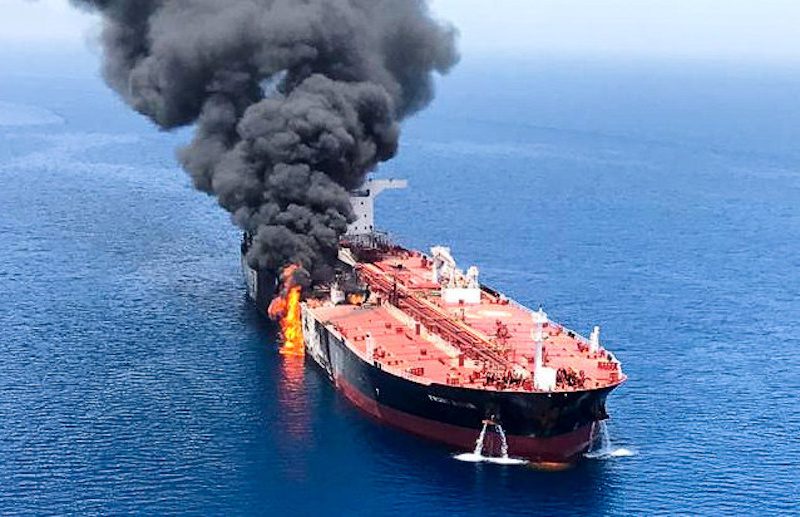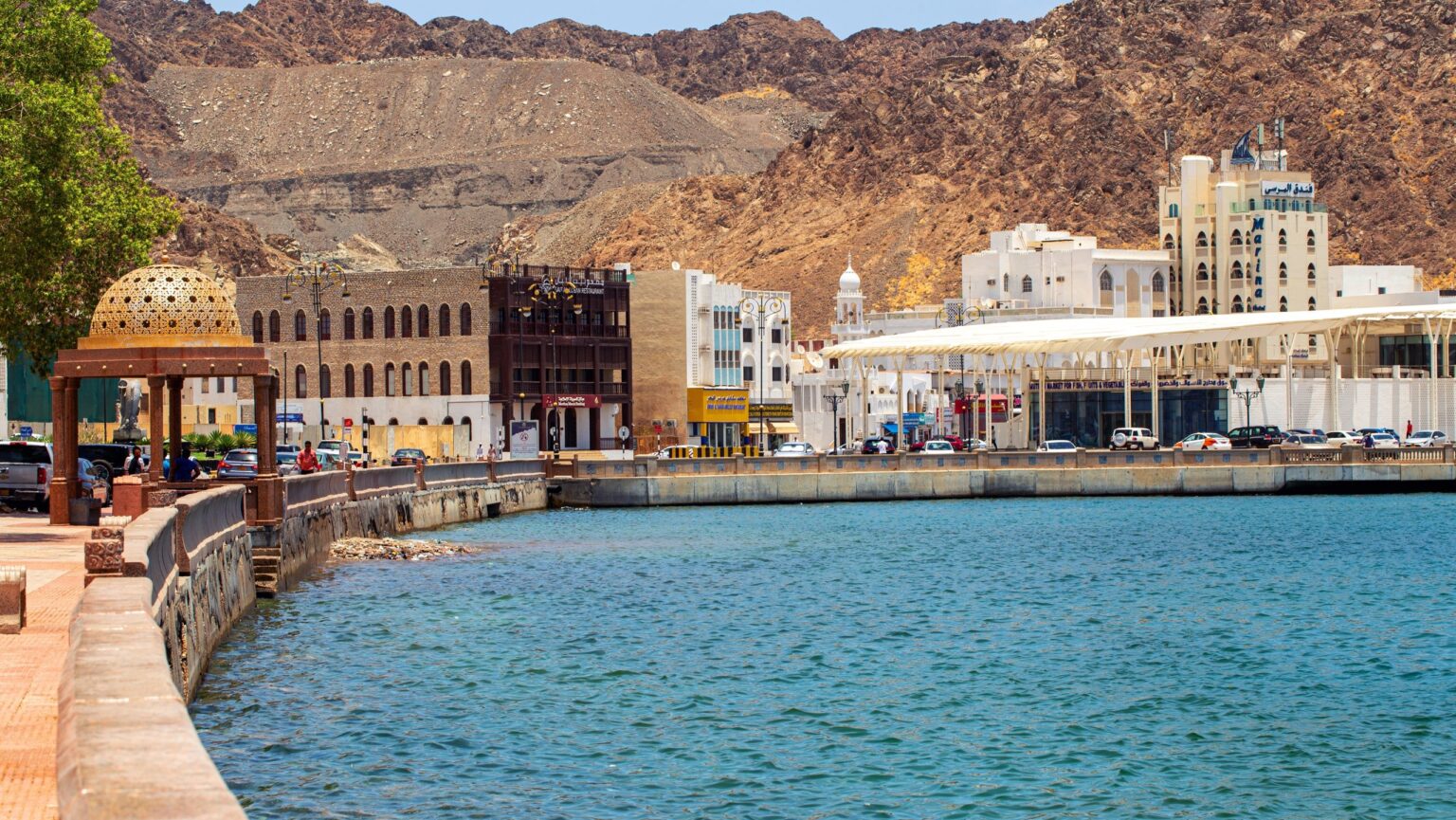In a powerful step toward protecting the environment, Kuwait and Oman have launched a joint marine research mission to study pollution in the Arabian Gulf. The mission, which began this week, will last for two months and will cover important maritime routes where pollution levels are becoming a growing concern.
This mission marks a significant moment of regional cooperation between the two Gulf nations. Experts say it’s one of the most ambitious marine environmental research efforts in the region in recent years.
Studying the Health of the Gulf
The main aim of the mission is to study how pollution is affecting the water, marine life, and coastal areas in the Gulf. The two countries have brought together scientists, marine researchers, and technical experts who will travel aboard a specially equipped research vessel.
The team will collect samples from the sea and coastline, measure pollution levels, and identify the main sources of contamination. These sources include oil spills, plastic waste, untreated sewage, and industrial waste.
Officials from both countries say the results of this research will help them create better environmental policies and strategies to reduce pollution in the Gulf.
A Two-Month Scientific Journey

The research ship will sail along key maritime routes in the Arabian Gulf, stopping at several important points along the way. The mission will cover areas near Kuwait’s and Oman’s coasts, as well as shared regional waters that face pressure from heavy marine traffic and industrial activity.
Throughout the two months, the scientists will use advanced tools like underwater drones, satellite mapping, and water testing devices to track pollution. They will also study the impact of pollution on marine animals such as fish, turtles, and coral reefs.
Both nations plan to share their findings publicly, encouraging other Gulf Cooperation Council (GCC) countries to take similar steps in marine protection.
Why This Mission Matters
The Arabian Gulf is one of the most important marine zones in the world. It supports local fishing industries, international shipping, and tourism. But over the past few decades, human activity has put enormous pressure on its delicate ecosystem.
Frequent oil spills from tankers, untreated wastewater from coastal cities, and rising plastic pollution have made the Gulf one of the most polluted seas globally. Climate change has also added to the problem, with rising sea temperatures affecting coral reefs and fish populations.
Kuwaiti and Omani officials say that urgent action is needed to stop further damage. They believe this mission is an essential first step to better understand the Gulf’s environmental health and to start working on long-term solutions.
A Model for Regional Cooperation
Environmental experts are praising the joint mission as a model for regional collaboration. By combining resources, knowledge, and scientific expertise, Kuwait and Oman are showing that real progress is possible when nations work together.
Both governments hope this partnership will inspire other countries in the GCC—like the UAE, Saudi Arabia, and Bahrain—to join in future marine research missions or to launch their own.
According to one Omani marine scientist on board, “The Gulf’s pollution doesn’t stop at any border. What affects Kuwait affects Oman. What affects Bahrain affects the UAE. We’re all in this together.”
Education and Awareness Are Key
As part of the mission, both countries have also launched a public awareness campaign. They aim to educate citizens—especially young people—about the dangers of marine pollution and the importance of protecting the ocean.
Schools, universities, and local media in both countries are sharing updates from the mission. Interactive online content and social media stories are being used to connect people with the work being done out at sea.
Young environmental activists in both Kuwait and Oman are also showing support for the mission. Some are even helping to collect data from local beaches and spreading the message about reducing waste and plastic use.

What Happens After the Mission?
At the end of the two-month journey, the research team will publish a detailed report outlining their findings. The report will include data on pollution levels, maps of high-risk areas, and suggestions for reducing environmental harm.
Kuwait and Oman plan to use this information to update their national environmental strategies. These may include new laws on marine waste management, stronger rules for industrial pollution, and better protection of marine wildlife.
There is also hope that the results will lead to future investments in clean marine technology and waste treatment systems.
A Shared Responsibility for the Future
Kuwait’s Minister of Environment, in a recent press statement, said that protecting the Gulf is a “shared responsibility” for all countries in the region. He added that this mission shows Kuwait’s serious commitment to marine sustainability.
Oman’s Ministry of Environment and Climate Affairs echoed this message, stating that they are proud to stand beside Kuwait in leading this vital mission.
The two countries have already started talks about a possible second joint research mission next year, which may include more partners from the Gulf region.
Looking Ahead With Hope
This groundbreaking mission is a hopeful sign that change is possible. It highlights the power of science, teamwork, and determination in addressing some of the region’s most urgent environmental challenges.
As the research vessel sails across the Gulf waters, it carries not only scientific tools but also a powerful message—that the environment matters, and that protecting it is a mission that belongs to all of us.
If the mission is successful, it could become a blueprint for future environmental cooperation in the region, making the Arabian Gulf cleaner, safer, and healthier for generations to come.
Also read: Dubai to Launch AI Traffic Violation Prediction System



